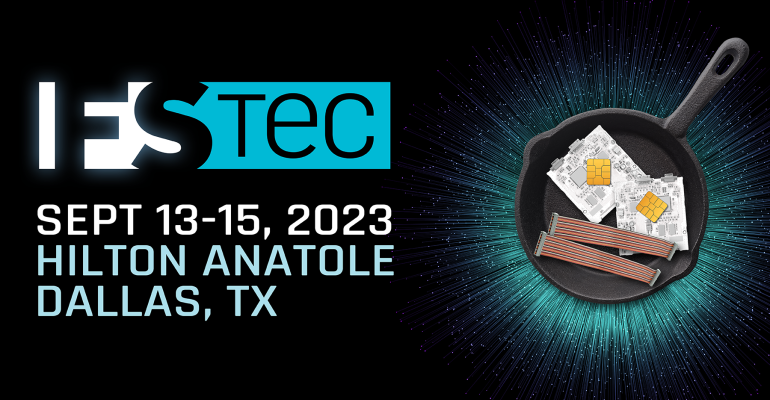Loyalty programs and subscription programs have been prime topics of conversation over the past few years, as restaurant operators look to increase digital engagement with guests. However, loyalty only touches one aspect of customer engagement, particularly when it only applies to the top 20% of guests.
A popular topic of conversation at Winsight-produced technology conference FSTEC in Dallas earlier this month was how to engage the remaining 80% of customers so that traffic woes can be alleviated. At an FSTEC session on “Driving Traffic in Challenging Times,” operators spoke about breaking down the silos between marketing and technology to use customer data to drive guest engagement beyond your most loyal guests.
“We have a successful loyalty program, and we like it but we’re topping out at 15-20% of our customer base,” Ryan Wilkinson, vice president of marketing for Primanti Bros said. “There’s a whole lot of people out there who aren’t part of your loyalty program, so we’re thinking, ‘that 20% will take care of themselves, what about the other 80%?”
Wilkinson said that Primanti Bros has been using anonymized credit card data to track the remaining 80%, match them against addressable lists, and push them through email marketing campaigns and/or expose them to ads on social media.
“It’s almost like we have this sort of passive loyalty program that’s running against the other 80%,” Wilkinson said. “Then you can see you the real difference in the behavior of those two groups when that ad campaign is running or when it's not…it’s so easy to get caught up in the loyalty thing, but there’s a whole world out there.”
For Kit Mitchell, director of marketing for Good Times Restaurants, using anonymized data is a smart way to win back customers that were “set adrift” to get them to come back to their restaurants through targeted ads. But there are other ways to capture data and to get customers’ attention through targeted ads. Kevin Bentley, vice president of technology and automation for New England Authentic Eats said that they added targeted ad features in conjunction with geofencing technology:
“If you have our app and are within five miles of one of our locations, we might send you a call to action like ‘30% off if you come in within the hour,’” Bentley said. “We started using this to target school pickups and drop-offs for when kids are in the back of the car crying that they’re hungry.”
This is a crucial aspect of attracting that potential that might not be in the top 15-20% of a company’s customer base, but still should be targeted in a meaningful way through personalized marketing using data as a tool.
“We keep thinking, ‘How can we be very specific with who we're marketing to and what that message is we're providing to them?’ because I need to just nudge that one customer over the edge,” Wilkinson said. “If I'm using the customer data I have, I can nudge them pretty softly sometimes and get them across the finish line, and that’s less aggravating to operators than setting up a massive direct mail campaign. When you don't know your customers, you might use spray and pray, but if you know what each person needs, then you only have to push them just a little bit.”
Contact Joanna at [email protected]




